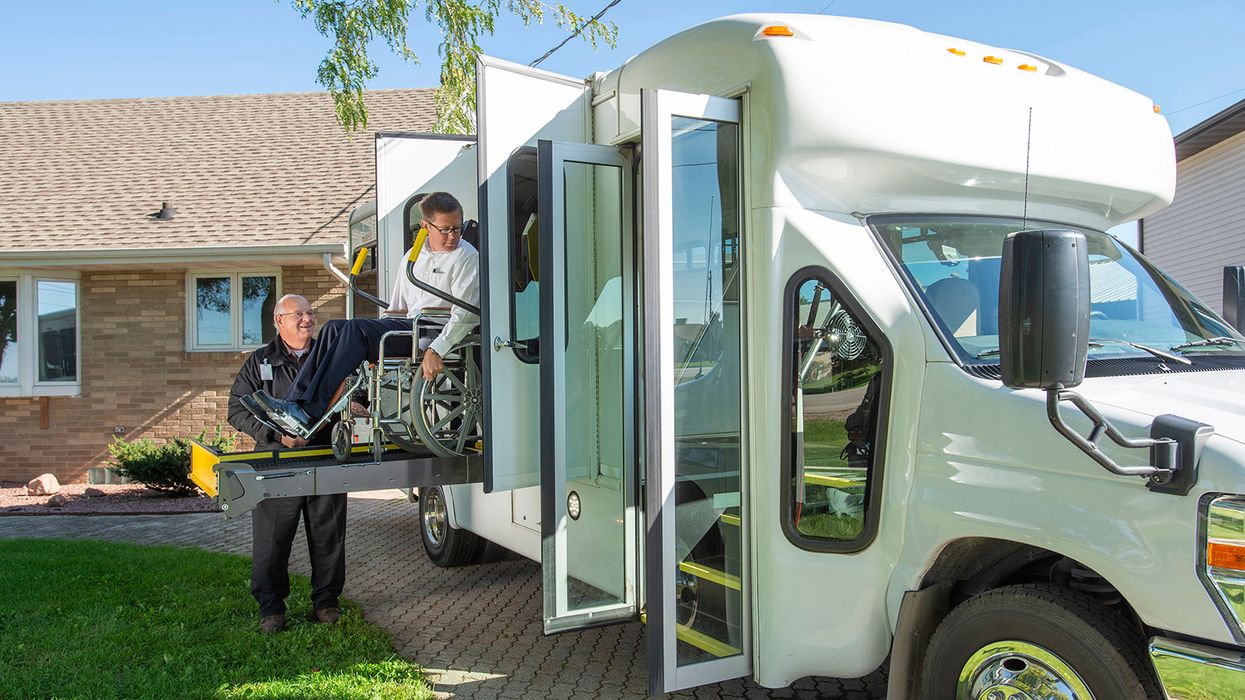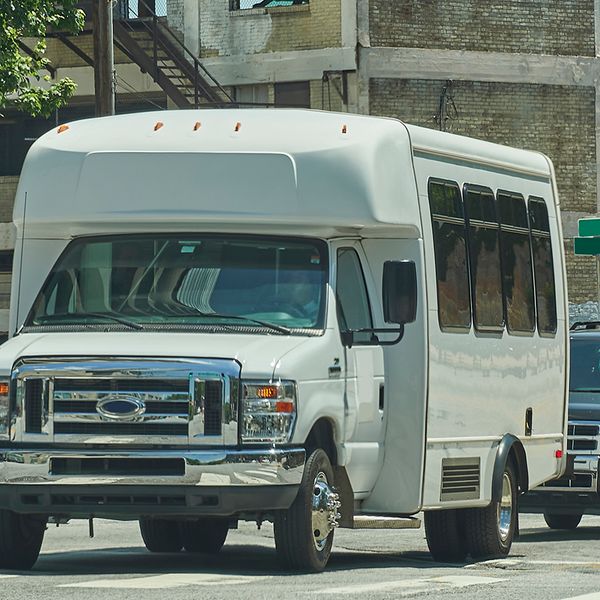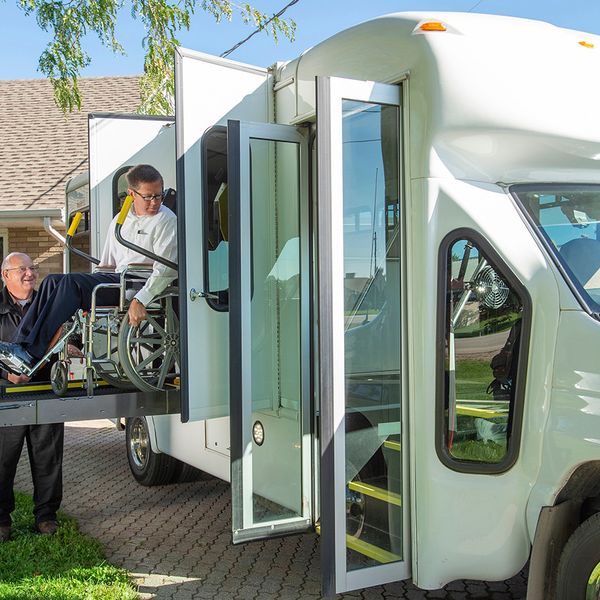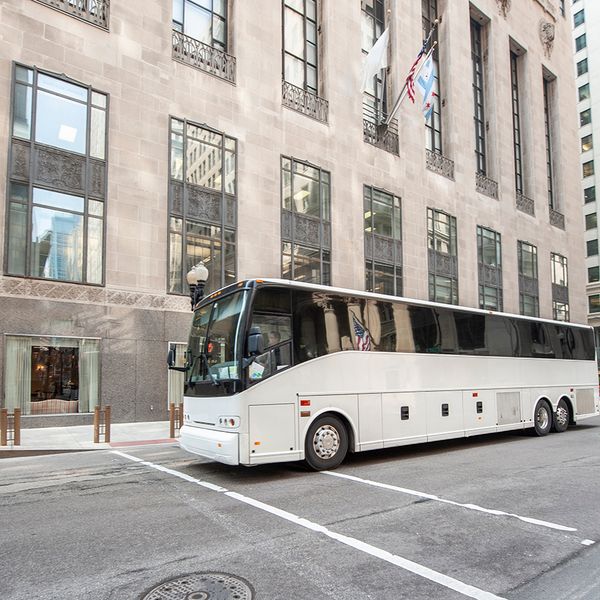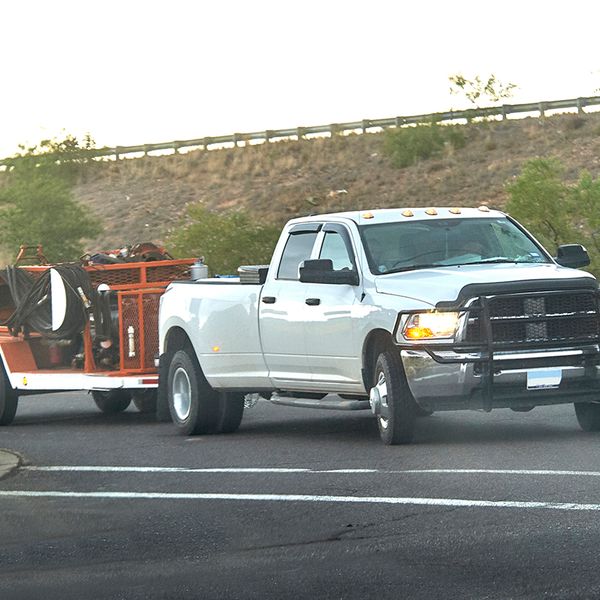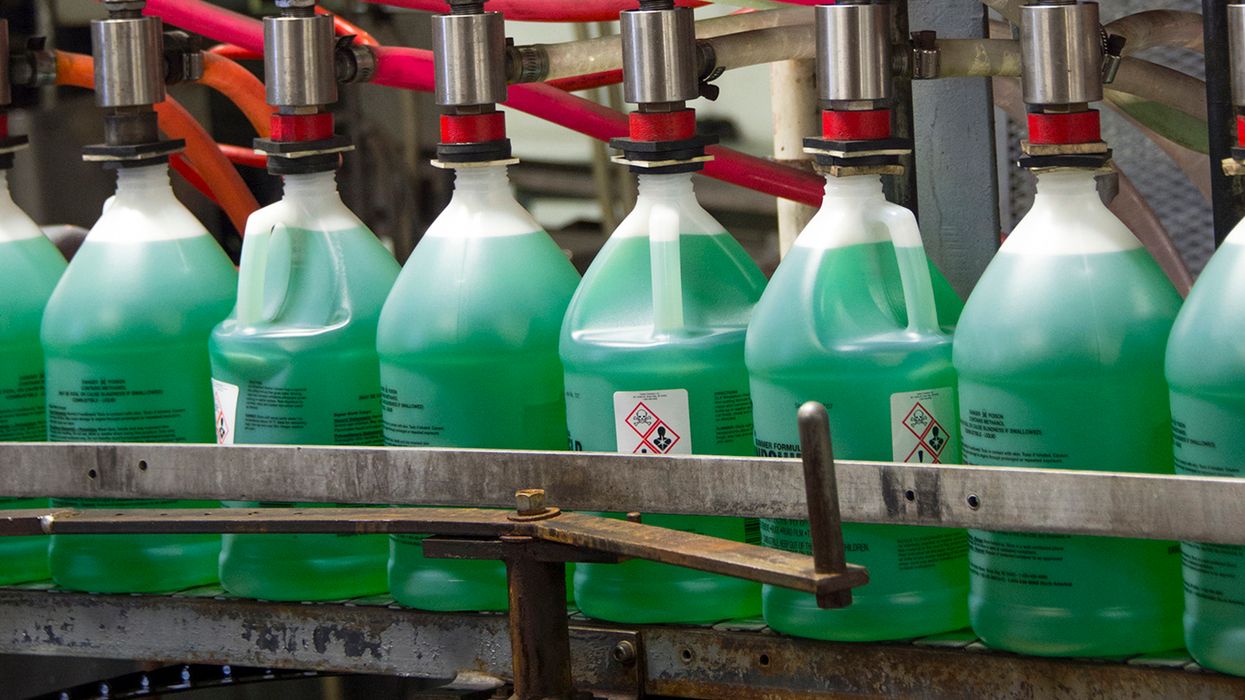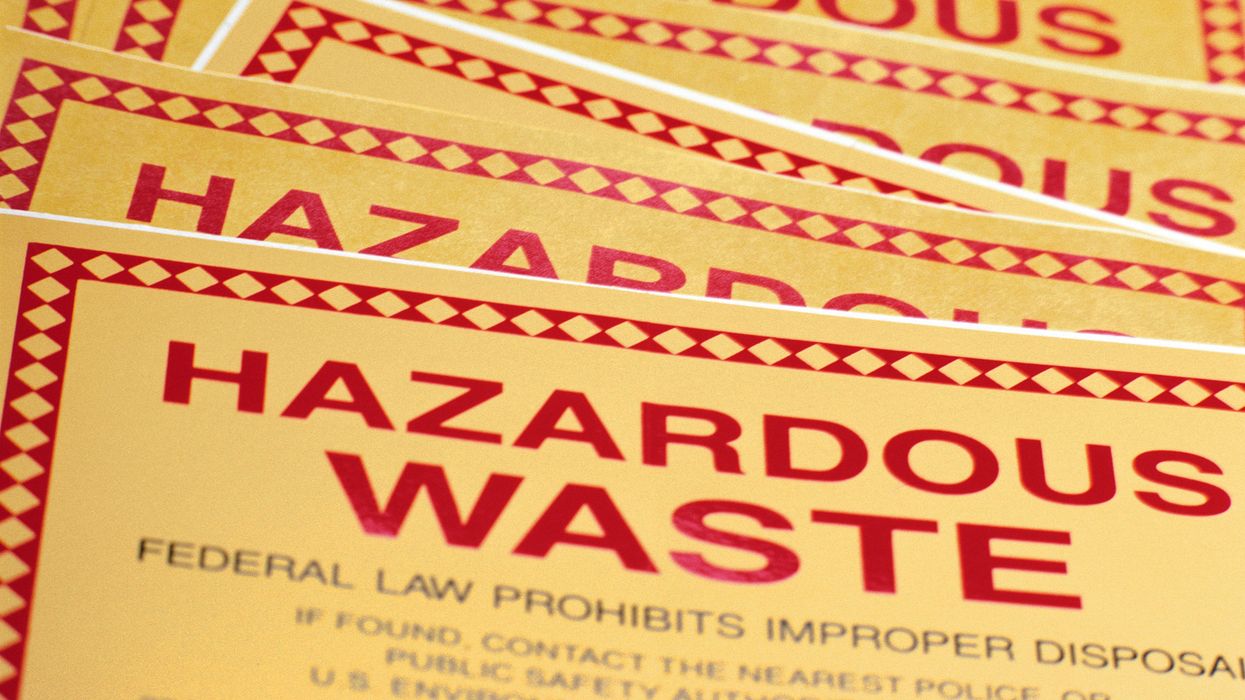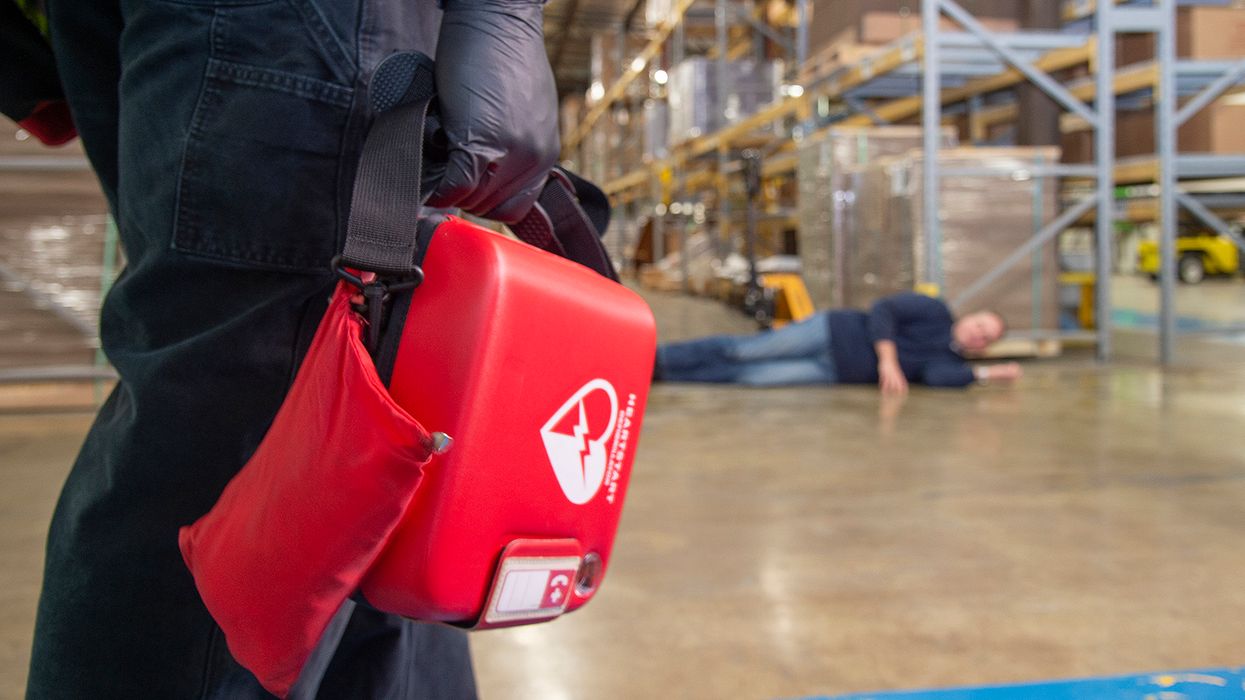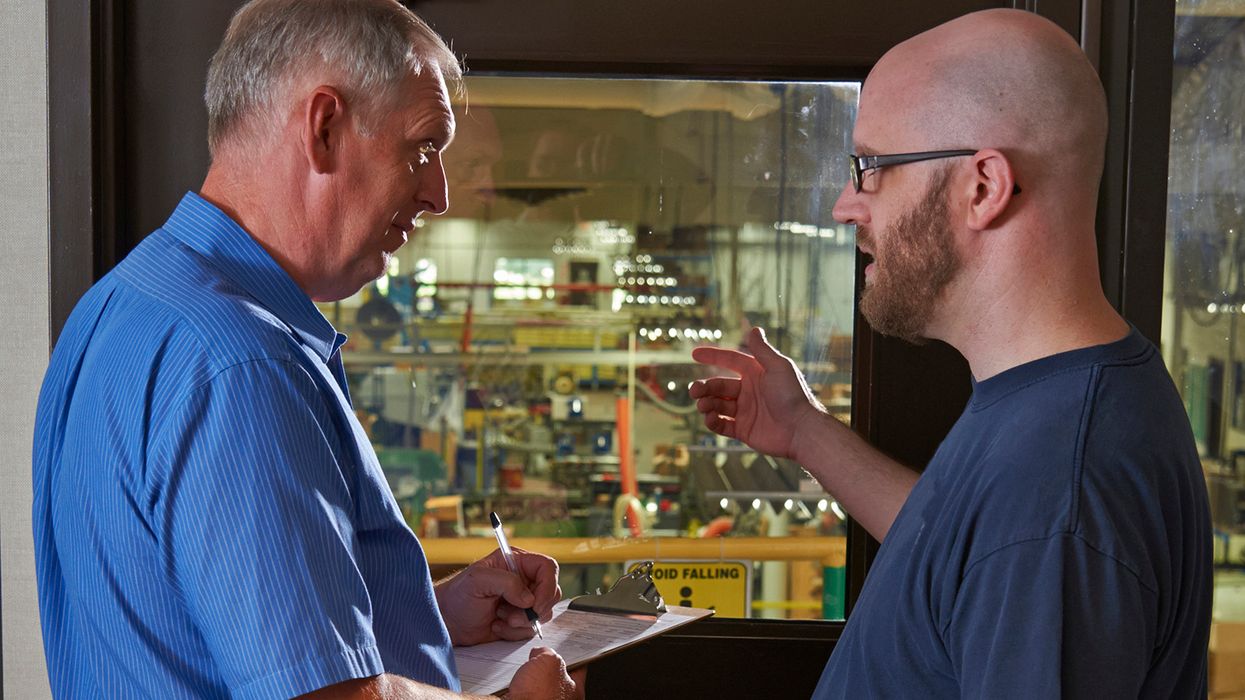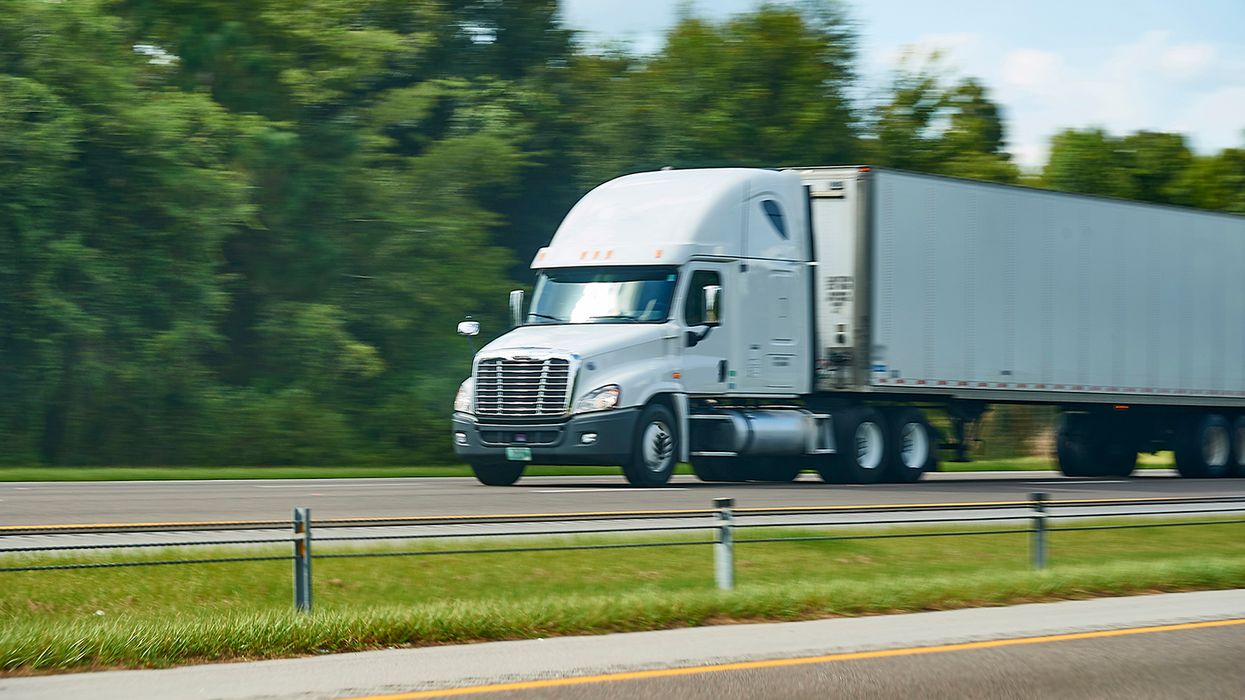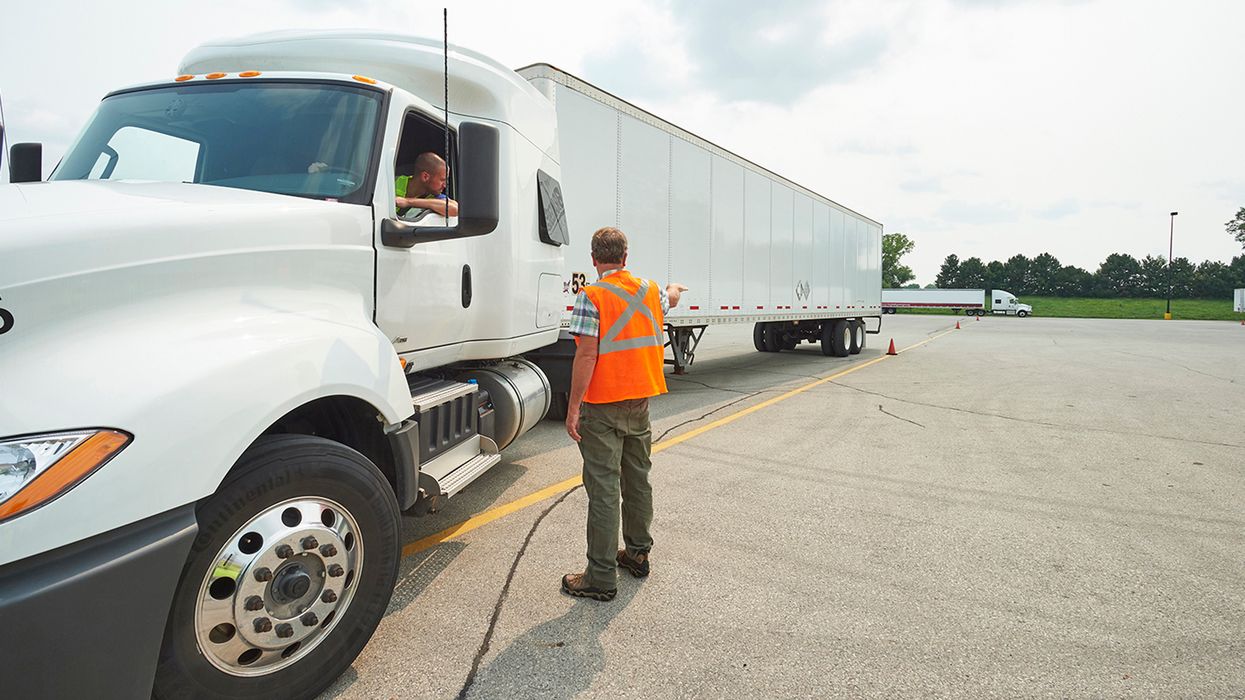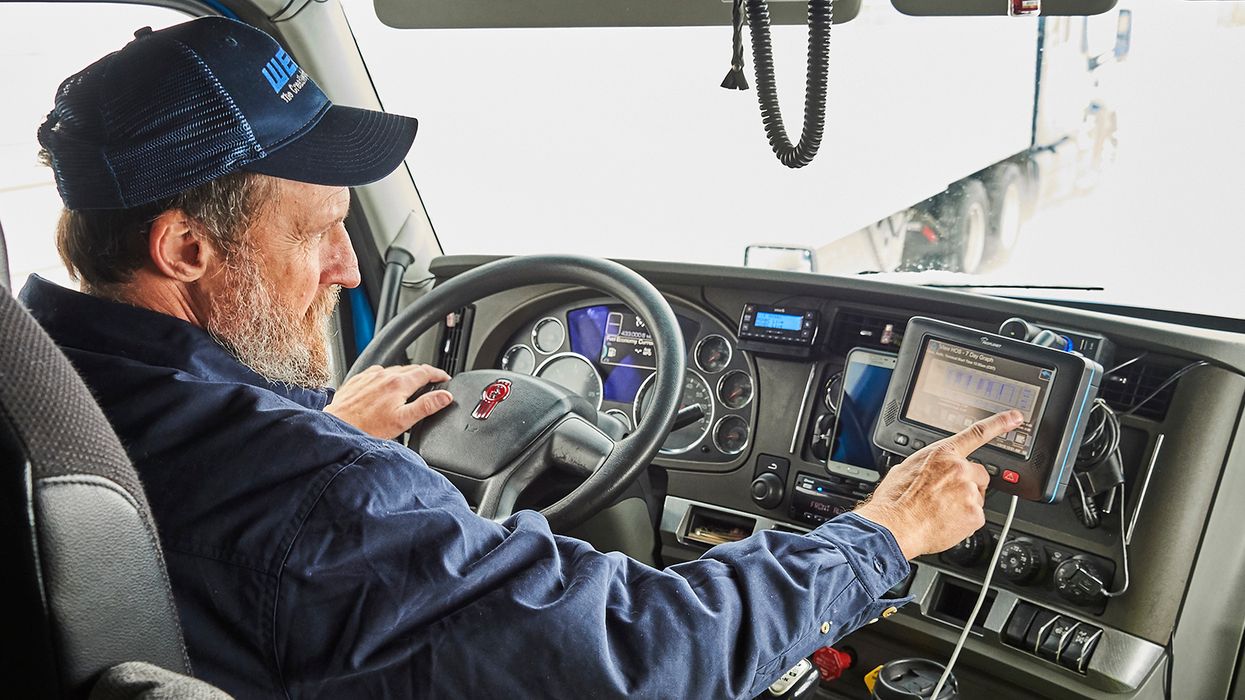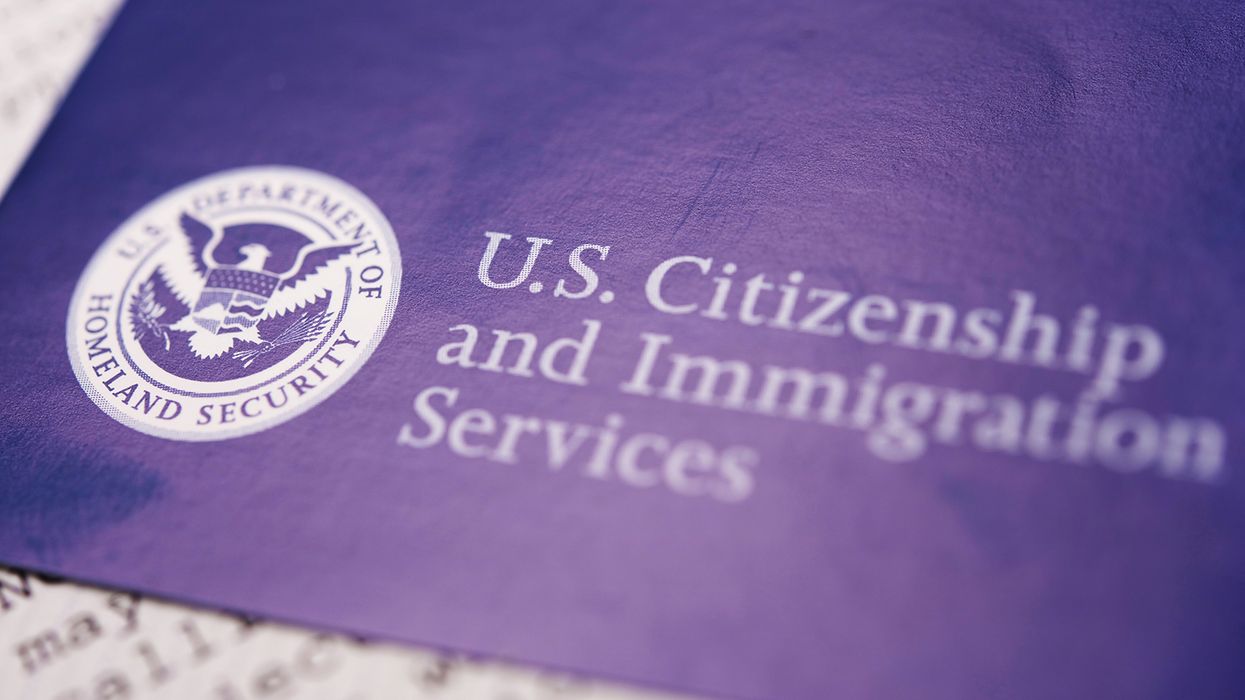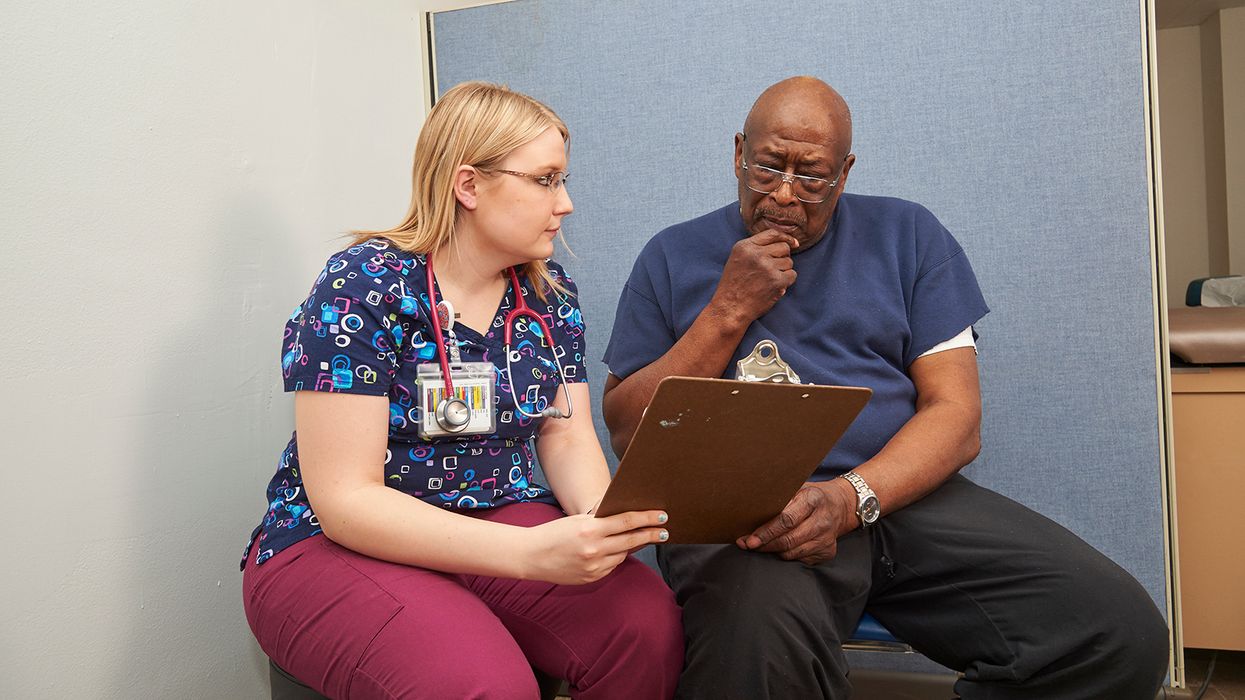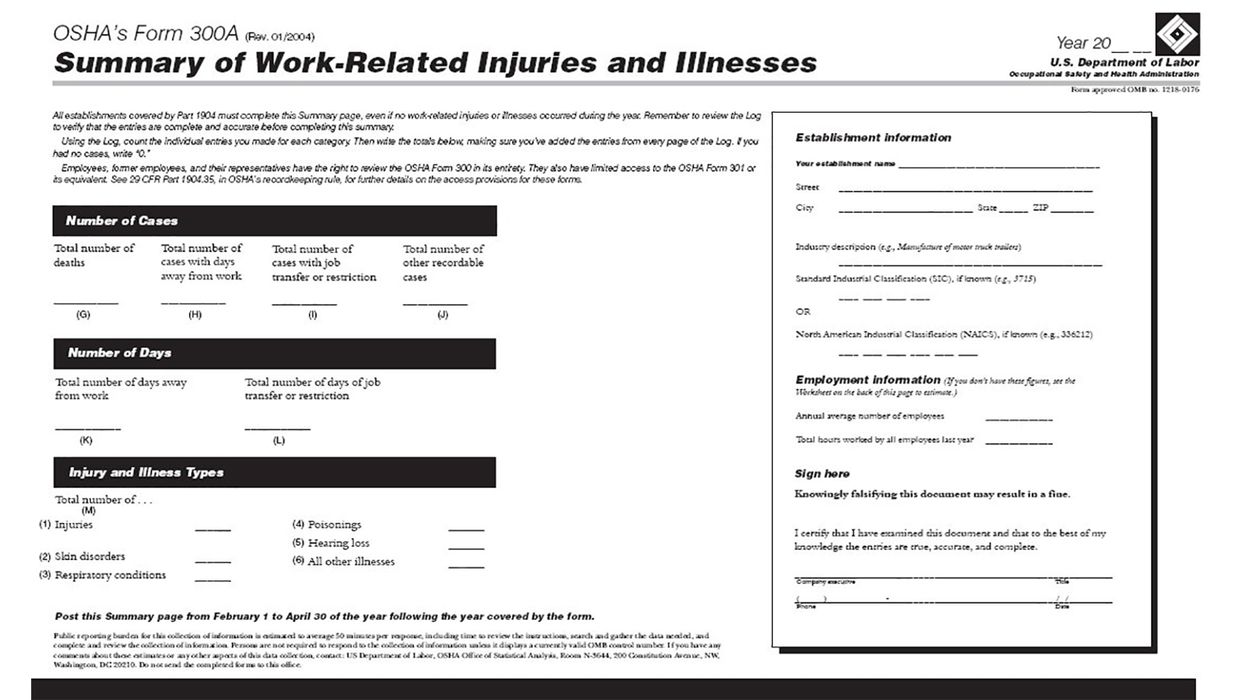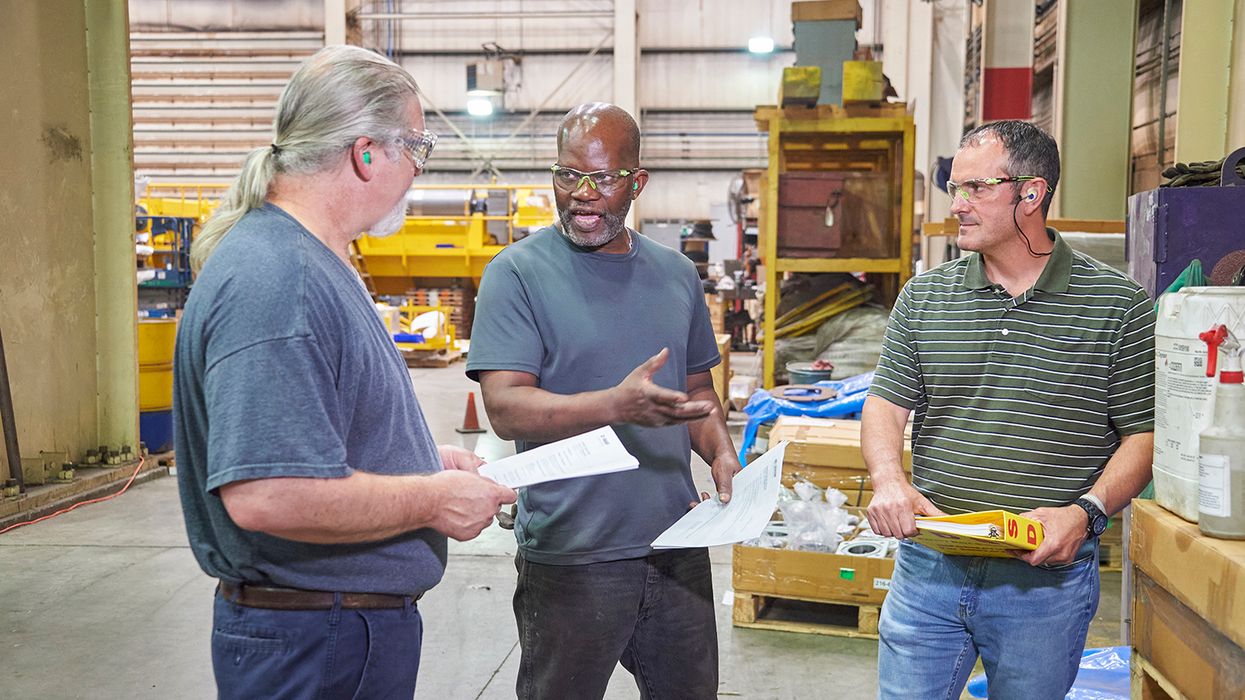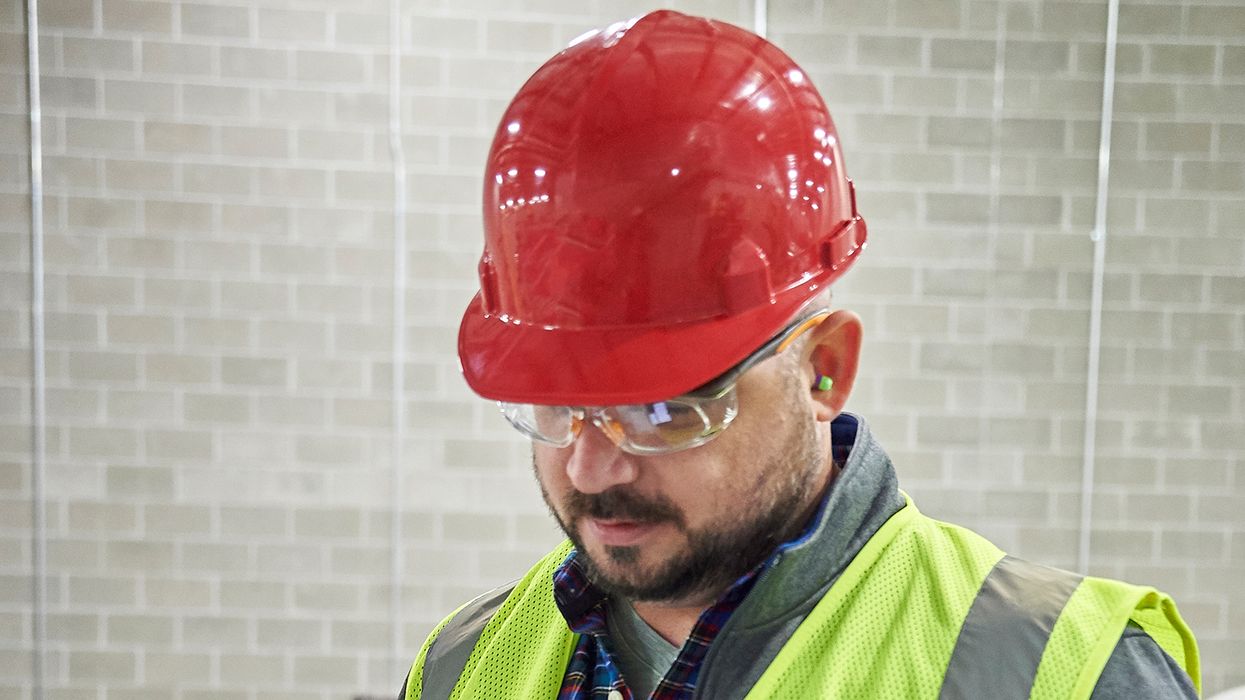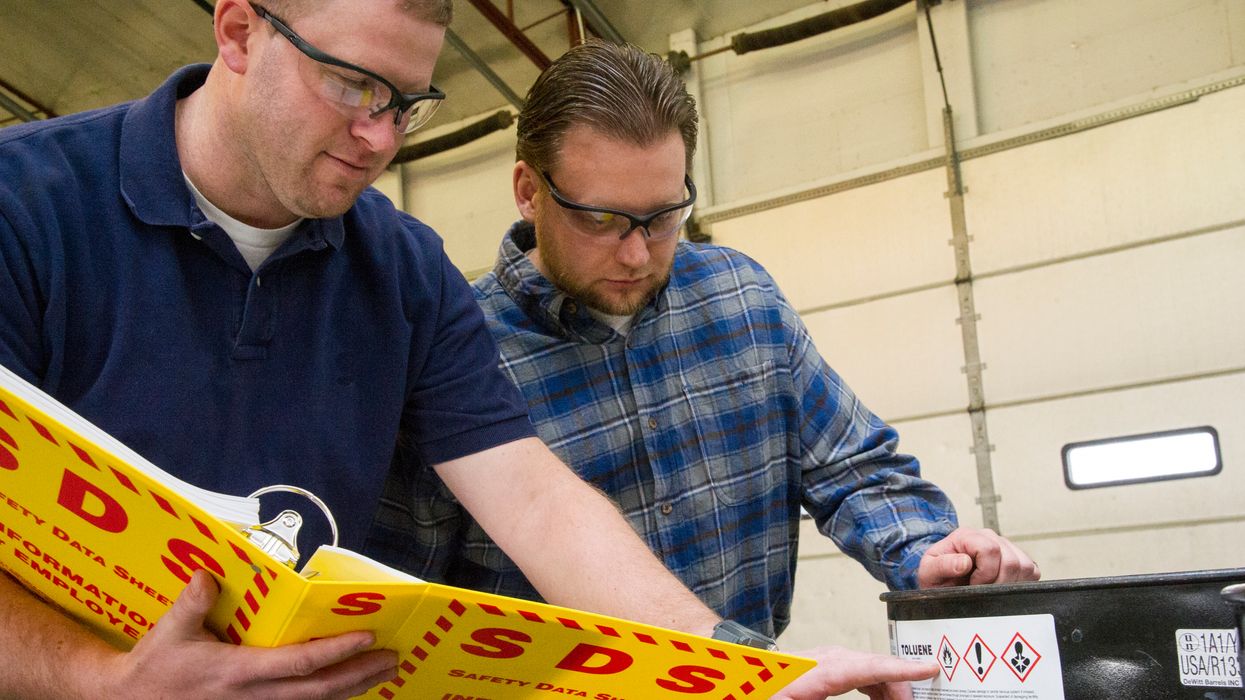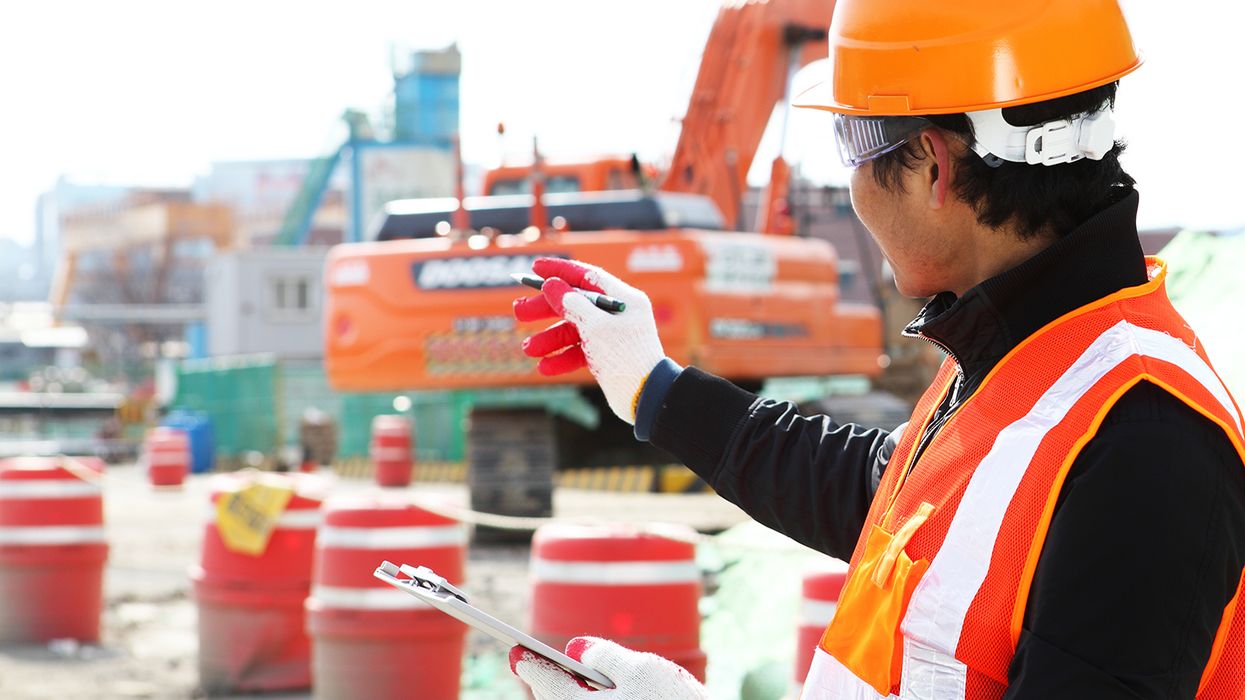Is your shuttle bus legal? 5 key questions that need answers
Smaller passenger-carrying vehicles—like hotel, car rental, senior living facility, and employee shuttles—may be commercial motor vehicles (CMVs) subject to the Federal Motor Carrier Safety Regulations (FMCSRs). Knowing which rules apply can help you avoid fines, reduce litigation risks, and lower insurance costs.
5 key questions to determine applicability
To find out if the FMCSRs apply to your shuttle vehicle(s), answer these five questions:
1. Is your operation interstate or intrastate?
- Interstate commerce includes any travel that crosses state lines or is part of a trip that begins or ends out of state—even if the vehicle stays within one state. Shuttles picking up passengers from or delivering them to an airport is an example of a continuation of interstate commerce.
- Intrastate commerce is travel that stays entirely within one state and is not part of an interstate journey.
2. How many passengers is the vehicle designed to carry?
- The FMCSRs apply to vehicles designed to carry 9 to 15 passengers (including the driver) if used for compensation.
- If rated for more than 15 passengers (including the driver), the vehicle is a CMV regardless of compensation.
- Removing some of the seats doesn't change the vehicle’s regulatory classification.
3. What is the vehicle’s weight?
- Regulations apply if the gross vehicle weight rating (GVWR) or actual loaded weight is 10,001 pounds or more, regardless of compensation.
- Example: An employee shuttle, even if there is no compensation received from passengers, is a CMV if the weight exceeds 10,000 pounds.
4. Is the operation for-hire or private?
- For-hire carriers that operate CMVs to transport passengers for compensation and are subject to the FMCSRs.
- Private motor carriers of passengers (PMCPs) may also be regulated:
- Business PMCPs (e.g., employee shuttles) follow most FMCSRs, but are exempt from insurance rules.
- Non-business PMCPs (e.g., church groups) must operate safely, but are exempt from many FMCSRs, including:
1. Insurance,
2. Driver qualification requirements listed under 391.68,
3. Hours-of-service (HOS) logs (but must comply with HOS limits),
4. Maintenance records as required by 396.3(b), and
5. Driver vehicle inspection reports (DVIRs).
5. What kind of compensation is received?
- Direct compensation: Payment from passengers for transportation (e.g., ticket sales).
- Indirect compensation: Transportation included in a broader service (e.g., hotel or tour packages).
- If no compensation is received, the vehicle is rated for 15 or fewer passengers including the driver, and the vehicle is under 10,001 pounds, the FMCSRs generally don't apply.
General compliance requirements based on compensation for 9–15 passenger-carrying vehicles are as follows:
- Direct compensation or 10,001 pounds or greater:
- Must register with FMCSA and display a USDOT number.
- Comply with safety fitness, driver qualifications, hours of service, and maintenance rules.
- Indirect compensation involving vehicles not otherwise defined as a CMV in section 390.5 in the FMCSRs, according to 390.3(f)(6):
- Must register and display a USDOT number,
- Maintain accident records, and
- Follow driver texting/cell phone restrictions.
Compliance tips
To be certain if your operation is regulated under the FMCSRs or state safety regulations:
- Consult a regulatory expert if your company does not have the expertise;
- Conduct a mock audit (internal or third-party) to identify compliance gaps; and
- Create an action plan, assign responsibilities, and audit compliance regularly.
The FMCSA expects documented efforts to improve safety management controls and compliance.
Key to remember: Businesses must know whether the FMCSRs or state regulations apply to their shuttle operations to minimize negative consequences of noncompliance.

